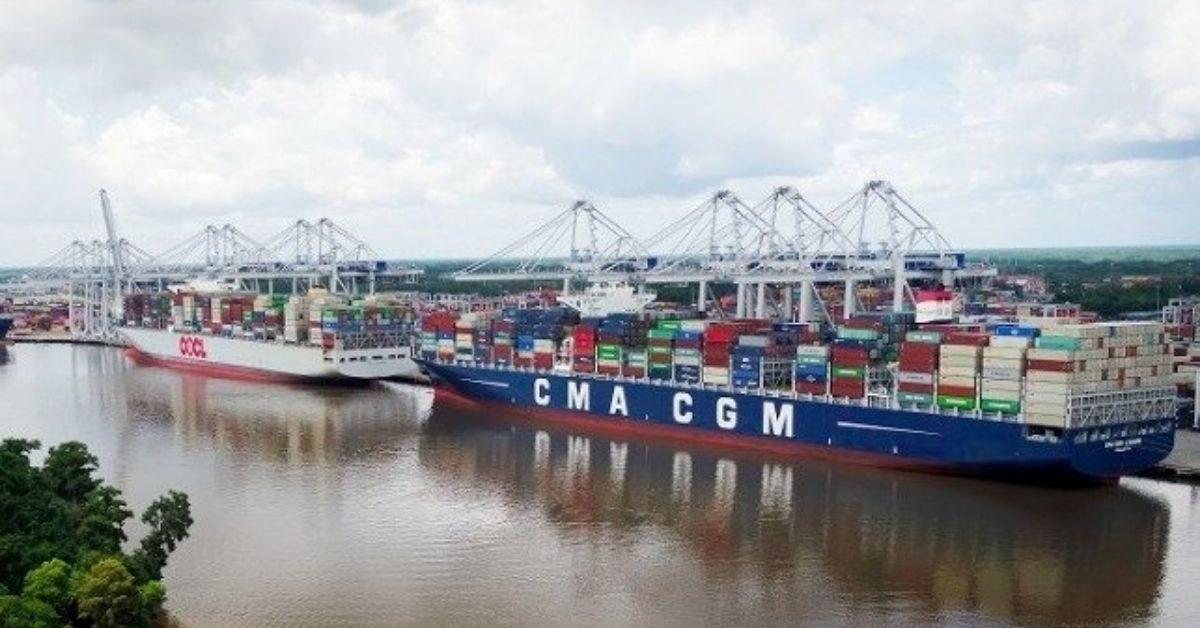Covid-19 is killing people living near ports, a new study has shown today, with stretched supply chains to blame.
The extreme congestion that has built up at major ports during the pandemic has seen shipping emissions soar at key gateways, research from Singapore’s Nanyang Technological University (NTU) shows.
Researchers from NTU have modelled pollutant emissions from the shipping sector at four major ports in three continents. The research team’s computations of pollutant emissions were from July 2020 to July 2021. The findings were compared to the whole of 2019, the year before the pandemic and also the year before the global sulphur cap kicked in.Shipping emissions have leapt by 123% during the pandemic in Singapore
In Singapore, the NTU research team found that emissions were modelled to have more than doubled (123%), during the pandemic period, while they increased twofold in Los Angeles (up 100%), almost two-thirds (65%) in Long Beach, California, and over a quarter (27%) in Hamburg.
Containerships and dry bulk carriers marked the sharpest increase of all total emissions, seeing an average increment of 94% and 142% respectively, compared to before the Covid-19 pandemic.
The NTU study modelled that ship emissions in all four ports increased by an average of 79% because of the prolonged turnaround time in port.
The pollutants studied in the research were carbon dioxide, sulphur oxide, nitrogen oxide, particulate matter, carbon monoxide and methane.
The NTU team calculated the fuel consumption and pollutant emissions of the ships using actual ship movement data sourced through AXSMarine. It provided information of the ships, including their sailing speed, time duration, coordinates, navigational status, as well as ship-specific information. Additional information was also obtained from the various port administration authorities where the study was done, as well as from Clarksons.
Professor Law Wing Keung from NTU’s School of Civil and Environmental Engineering, who led the study, said: “Our study presents a review of the ship emission outlook amid the pandemic uncertainty. Lockdown measures and other Covid-19 restrictions on human activity have upended the landscape for the shipping sector and significantly affected the operating patterns of maritime and trade, leading to the computed outcome revealing significant increase in pollutant emissions in the seaports in our study.”
The study also reports that substantial ship pollutant emissions are expected to continue deep into next year.
Concern among local port communities looking out to sea and seeing an armada of cargo vessels on the horizon belching smoke has been growing this year.
In Southern California, where ship queues have garnered the most headlines, regulators have recently moved to get ships to form queues for overbooked berths 150 miles from shore.
“Communities living near ports are suffering from higher rates of childhood asthma, cancer, and more. In fact, ship pollution contributes to an estimated 1,300 premature deaths annually in Los Angeles and Long Beach alone,” commented Los Angeles councilmember Nithya Raman last week on the day the city council unanimously voted to adopt a resolution calling on ships calling at the ports of Los Angeles and Long Beach to be 100% zero-emissions by 2030.







